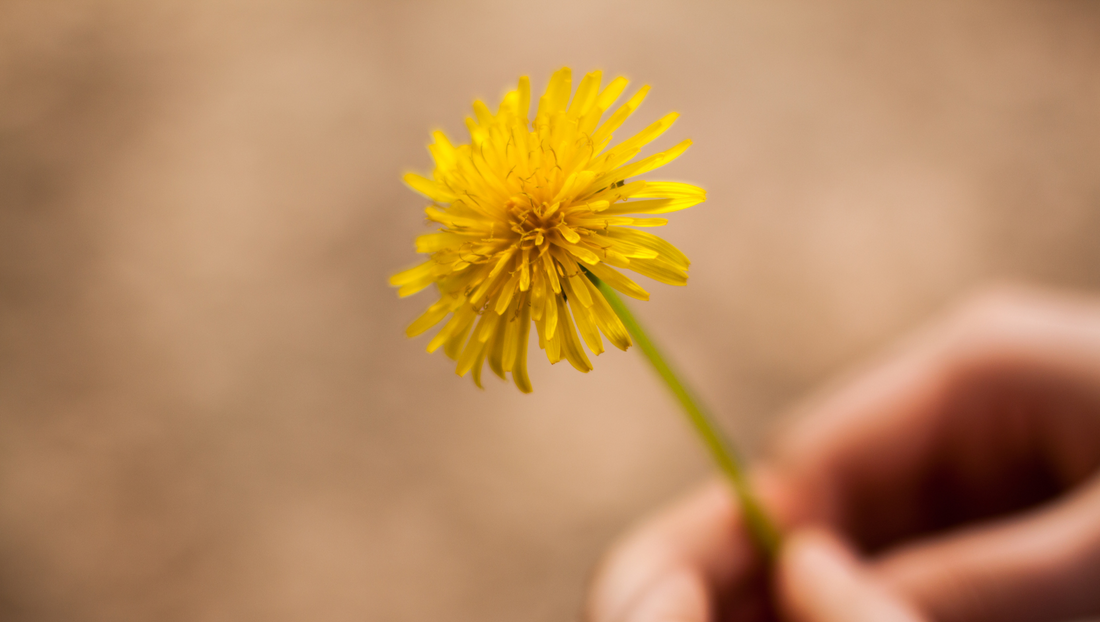
Dandelions: The Humble Flower with Deep Symbolism
Share
Often overlooked as a simple wildflower or even a garden weed, the dandelion is one of the most fascinating blooms in the plant world. With its sunny yellow flowers and fluffy white seed heads that drift away in the wind, the dandelion has captured human imagination for centuries. More than just a common plant, it carries rich symbolism, cultural significance, and even practical uses. For those exploring flower delivery in Thailand or browsing through a Bangkok florist collection of seasonal blooms, understanding the dandelion’s story adds a meaningful layer to your floral choices.
Origins and Background
The name “dandelion” comes from the French dent de lion, meaning “lion’s tooth,” a reference to the jagged edges of its leaves. Native to Eurasia, the plant has spread worldwide and thrives in a variety of climates, from meadows and fields to urban gardens. Unlike delicate ornamental flowers, dandelions are known for their resilience and ability to bloom almost anywhere.
Appearance and Unique Transformation
- Yellow Blossoms: Dandelions begin as bright yellow flowers that resemble miniature suns. Their simple, cheerful shape represents happiness and optimism.
- Seed Heads: Once the flowers mature, they transform into spherical seed heads covered in white, feathery bristles. With a single breath, the seeds float into the air, a magical image that has inspired wishes, poems, and art for generations.
This life cycle — from golden flower to floating seeds — symbolizes transformation, renewal, and the passing of time.
Symbolism and Meaning
Dandelions carry deep symbolic meanings across cultures:
- Perseverance and Strength: Their ability to grow in difficult conditions makes them symbols of resilience.
- Hope and Wishes: Blowing on a dandelion seed head and making a wish is a childhood tradition around the world.
- Healing and Growth: In herbal medicine, dandelions represent health and recovery, often used as natural remedies.
In the language of flowers, gifting a dandelion expresses positivity, hope, and encouragement.
Cultural Significance
- Folklore: In many traditions, dandelions were believed to bring luck or connect wishes to the heavens.
- Art and Literature: Artists often use dandelions as metaphors for fleeting beauty or the endurance of the human spirit.
- Modern Symbol: The floating seeds have become a global symbol of letting go, moving forward, and embracing change.
Practical Uses
Beyond their beauty, dandelions are remarkably versatile:
- Culinary: Leaves are edible and often used in salads. Roots can be brewed into teas or roasted for coffee substitutes.
- Medicinal: Traditionally used for detoxification, aiding digestion, and providing vitamins.
- Gardening: Dandelions attract pollinators like bees, making them beneficial for ecosystems.
Dandelions in Floral Arrangements
While dandelions are less common in commercial floristry, boutique Bangkok florists sometimes incorporate them in artistic, natural-style bouquets to symbolize resilience and hope. Their sunny blossoms add charm to rustic arrangements, while their fluffy seed heads bring a whimsical, airy touch. For same-day flower delivery in Thailand, a creative florist may combine dandelions with daisies, wildflowers, or greenery for a truly unique and meaningful design.
Final Thought:
The dandelion may be humble, but it carries extraordinary depth. It speaks of strength, transformation, and hope — values that resonate universally. Whether seen in a field, painted in art, or included in a thoughtful bouquet, dandelions remind us of life’s simple beauty and the importance of holding on to our wishes.
